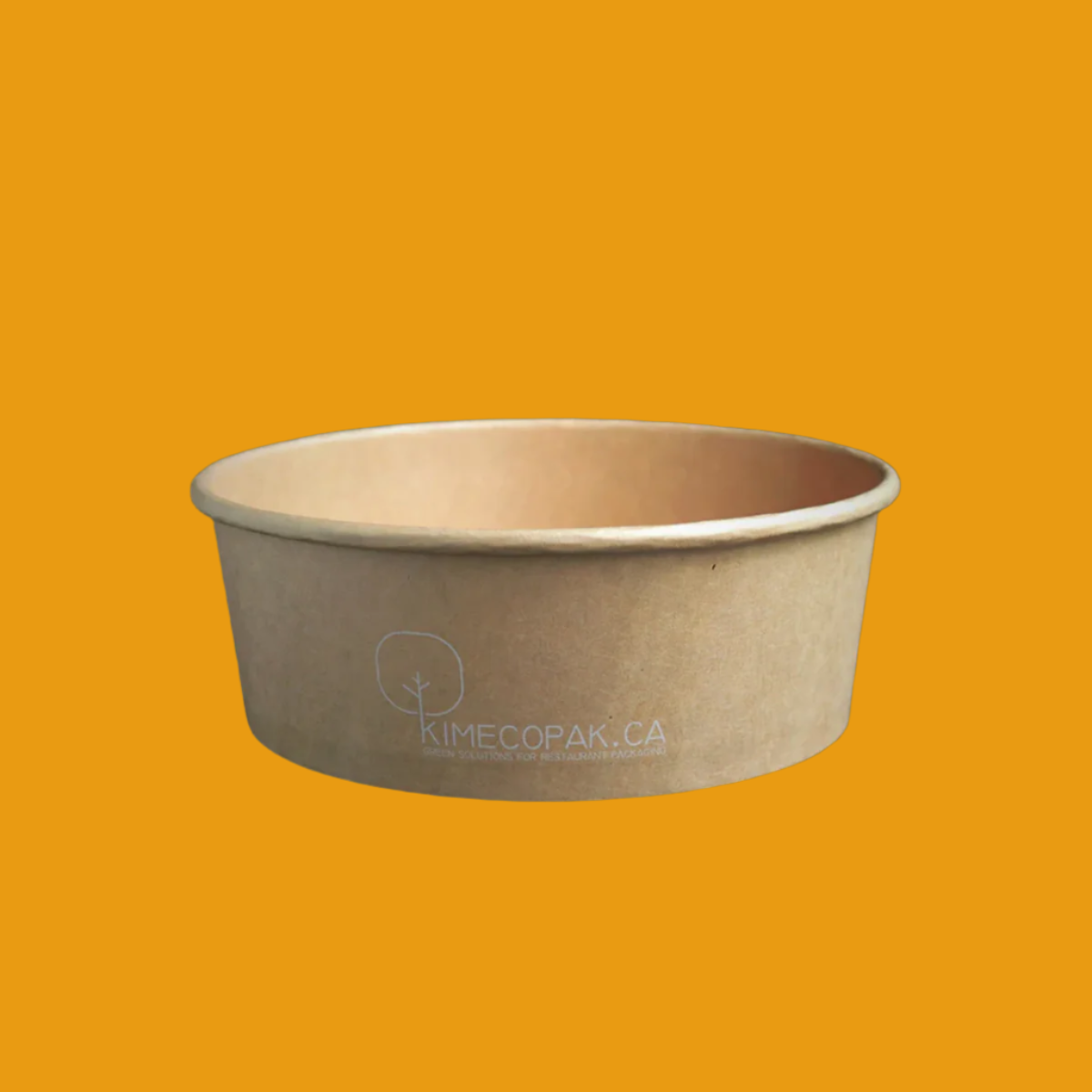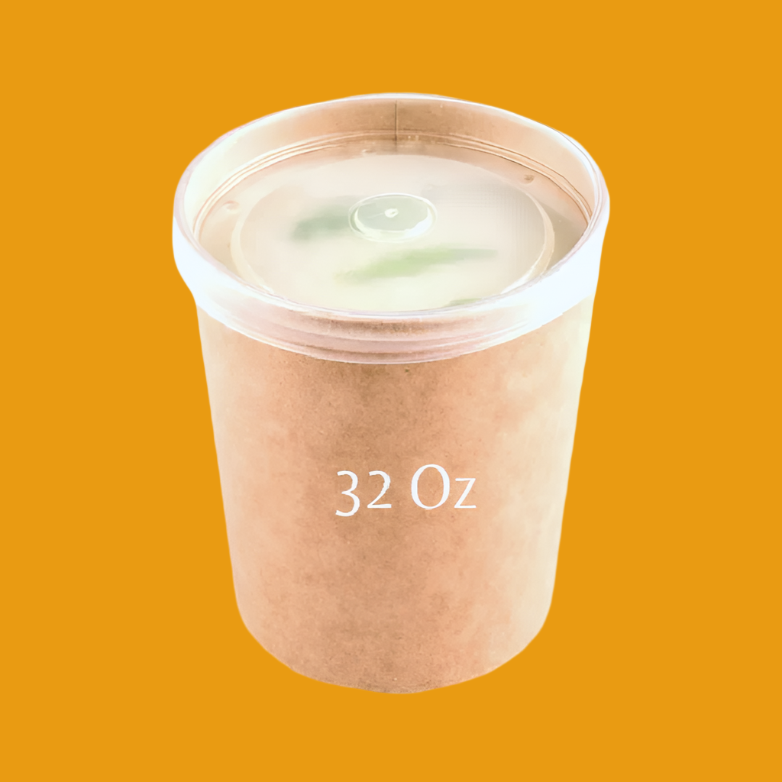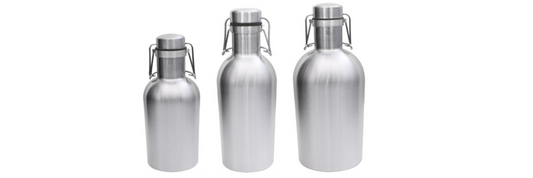Have you ever wondered why biodegradable packaging exists and what the true advantages are? Join us in the article below to learn about compostable packaging and things to keep in mind.
General Information of Composting
Composting, what is it?
Composting is a natural decomposition process that transforms organic matter such as food scraps, plant growth, and biodegradable materials into a nutritious material. This occurs when organisms degrade organic matter in a balanced environment of moisture, oxygen, and carbon and nitrogen-rich materials. Bacteria, fungi, worms, and other microorganisms help in the composting process.
This organic waste can be used as a fertilizer and soil improver to improve the soil and increase nutrient content, promoting the growth of irises and reducing the use of fertilizers and pesticides.
Why compost?
There are currently many negative effects on the environment, the economy, and human health due to the quantity of waste and leftover food that is released into the environment. Organic and inorganic waste, in particular, when not correctly identified and managed, can leak compounds and gases into the environment, producing catastrophic consequences. Moreover, excess and waste have an impact on the economy and raise the cost of garbage treatment. This becomes a burden for many governments while also impacting human life quality.
Thus, in order to minimize extra trash and lessen the impact on the environment, classification and composting are essential.
What types of composting exist?
These days, composting comes in two main forms:
- Backyard composting: This is an easy and inexpensive way to compost food scraps, and other organic family waste. There are numerous alternatives for composting in the backyard, but the most typical is to use a compost bin or tumbler. If you reside in an urban area, vermicomposting and countertop electric composters are also viable solutions. When composting at home, make sure to find a sunny, well-ventilated spot. The compost ingredients must be separated and sliced. Additionally, the compost must be maintained moist but not soggy, and it must be turned on a regular basis for aeration.
- Commercial composting is a large-scale operation that is frequently used to compost enormous amounts of biodegradable material. Commercial composting facilities compost organic waste using a wide variety of technologies, including windrows, aerated static piles, and in-vessel composting.
 How are composting benefits for environment?
How are composting benefits for environment?
Composting has numerous environmental benefits, including:
Reduce Chemical fertilizers and recycle nutrients:
Organic waste is composted into nutrient-rich compost, which can be utilized as a natural fertilizer. Compost can be used in place of chemical fertilizers and insecticides. As a result, pollution to the environment is reduced. Compost also aids in the retention of nutrients in the soil, keeping them from seeping into rivers and generating pollution.
Compost provides organic matter to soil, enhancing its structure, water drainage, and nutrient content. This results in healthier plants, less soil erosion, and increased pest and disease resistance.
Reduce municipal waste expenses
Composting diverts organic waste from landfills, lowering the total amount of waste that needs to be managed. Municipalities may save a lot of money by doing this because they will pay less for garbage collection, transportation, and landfill disposal.
Reduce greenhouse gases
In landfills, organic waste breaks down and releases methane, one of the main greenhouse gases that causes climate change. Composting, on the other hand, keeps organic waste out of landfills and reduces methane emissions. Compost can also store carbon, which helps reduce the effects of climate change.
Improve local water resources
Compost helps the soil absorb and hold onto more water by improving its structure and water-retention ability. This lessens the demand for irrigation, protecting water supplies and easing the burden on nearby water facilities.
Reduce landfill dependence
Composting diverts organic waste from landfills, increasing the life of existing landfills and reducing the need for new landfill development. This not only saves land but also minimizes the environmental effects of landfills, such as soil and groundwater contamination.
 Compostable packaging, what is it?
Compostable packaging, what is it?
Definition of compositable packaging
- Compostable packaging is a type of packaging that is meant to decompose completely into natural substances such as water, carbon dioxide, and biomass under proper composting conditions. In comparison to plastic, compostable packaging decomposes quickly and harmlessly, leaving no harmful substance in the environment.
- Compostable packaging is typically made from naturally biodegradable plant-based materials such as maize starch, sugarcane starch, or potato starch. In a controlled composting environment, such as a home composting bin or a professional composting facility, these items can be broken down by microbes.
Compostable packaging material
Compostable materials commonly used include:
- PLA, also known as bioplastic: produced from renewable resources such as corn starch, and potato starch,... This material is lightweight and durable. PLA-based products are suitable for commercial composting.
- Sugarcane Fiber: produced from sugarcane materials, and backyard compostable.
- Recycled paper: Composed of leftover paper.
- Bamboo: bamboo can be used to make a wide range of items, including bowls and utensils. These products are appropriate for composting in a backyard.
Why compostable containers are useful even if they cannot be composted at home?
Made from renewable resources
Compostable packaging is made from plant-based materials such as corn starch, sugarcane, potato starch, or bagasse, sugarcane fiber, and so on. Because they are renewable resources, using compostable packaging helps to reduce the usage of limited resources, such as petroleum-based sources, lowering the environmental impact and contribute to long-term development.
Less toxic chemicals and reduce microplastic pollution
In general, compostable containers are free of dangerous chemicals and additives that are frequently present in conventional plastic containers. These chemicals have the potential to leach into food and beverages, posing potential health risks. You may reduce your exposure to these potentially dangerous compounds by using compostable containers.
Uses fewer resources to manufacture
When compared to regular plastic containers, the manufacturing process for compostable containers often takes less energy and water. Because fewer resources are used, compostable packaging has a smaller environmental impact.
Sustainable demand creates sustainable supply
The increasing demand from consumers for compostable containers drives innovation and pushes more businesses to use sustainable packaging methods. This rising demand will eventually result in a more sustainable supply of biodegradable packaging solutions.
Educates consumers and drives change
Promoting eco-friendly living to customers can be effectively achieved by using compostable packaging. Businesses can encourage others to adopt more sustainable practices and spread knowledge of the advantages of composting by using compostable packaging. Customers can also receive information regarding sustainable development from businesses. Compostable packaging can also help build a positive image with customers, connect with those who care about the environment, as well as create loyal customers while meeting sales or marketing goals.
Should we use recyclable plastic or compostable packaging?
Recyclable plastic and compostable packaging are two methods you can use to lessen your environmental impact. Recyclable and compostable packaging is adaptable and convenient to use, and it is ideal for a wide range of foods. However, the application depends on a variety of conditions.
Recyclable plastic, for example, can be combined with personal, reusable items. However, for community-based activities such as food trucks and festivals, compostable packaging is preferred because it is hygienic, disposable, and has a low environmental impact.
Ultimately, the purpose of adopting recyclable plastic or compostable packaging is to reduce waste and environmental effects. As a result, choose freely to meet your personal and business needs.
Compostable Packaging from Kimecopak
Kimecopak currently offers a wide range of biodegradable packaging materials to businesses and restaurants in the North American market, including:
- Compostable containers for food, such as boxes made of paper, bamboo fiber, or bagasse. These boxes are strong, easy to use, and excellent for a wide range of foods. Visit Compostable Containers for additional information.
- Wooden cutlery: This category covers birch and bamboo utensils Durable, with no chemicals or coating. Kimecopak wooden cutlery can provide clients with the greatest experience. Visit Bio Cutlery for additional information.
- Biodegradable Straws: Kimecopak provides straws made of PLA, bamboo, sugarcane, and other renewable materials. More information can be found at: Compostable Straws
Kimecopak also provides a variety of different business solutions such as customized packaging, storage solutions, scheduled shipping, and pricing incentive programs for longterm-partner.
To summarize, composting offers numerous environmental benefits. Compostable packaging is a solution for reducing plastic waste and promoting long-term growth. Kimecopak provides a wide range of high-quality compostable packaging goods as well as other business incentives. For further information, please contact us by email: halo@kimecopak.ca, phone: +1 204-891-1417 or visit the Kimecopak Facebook page.









